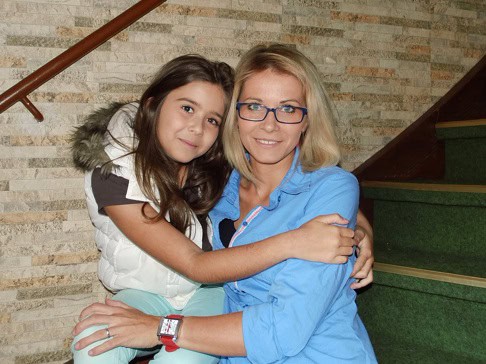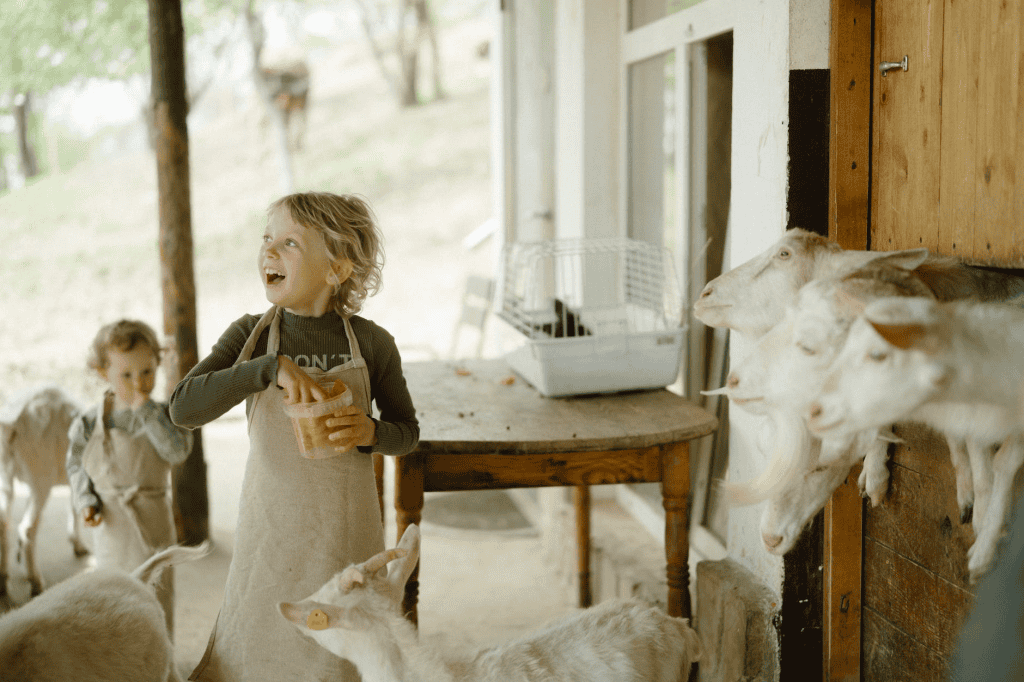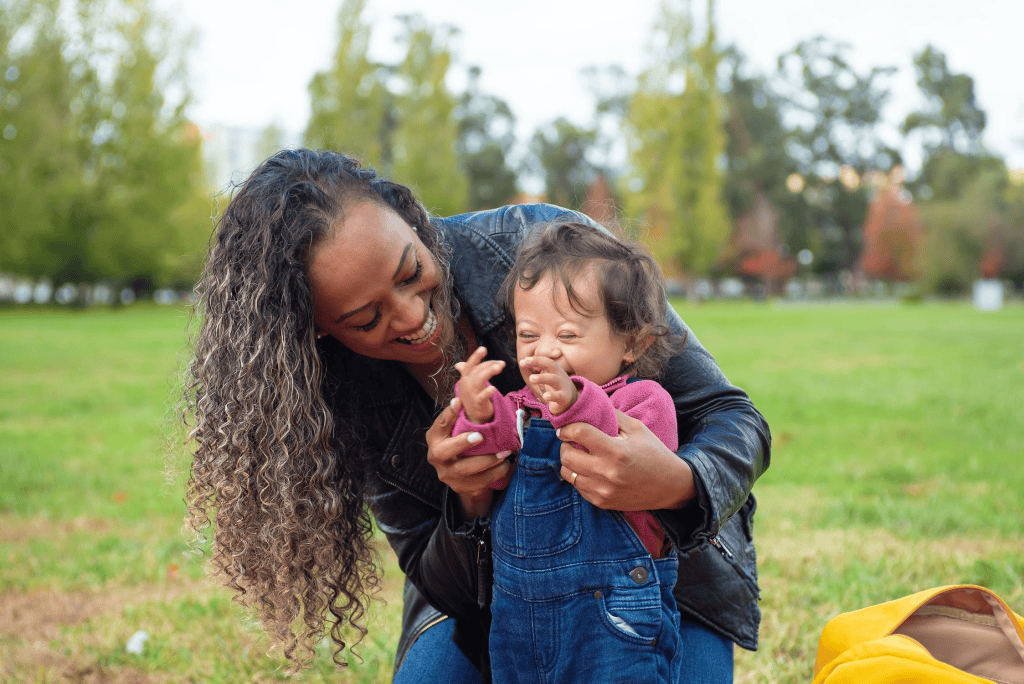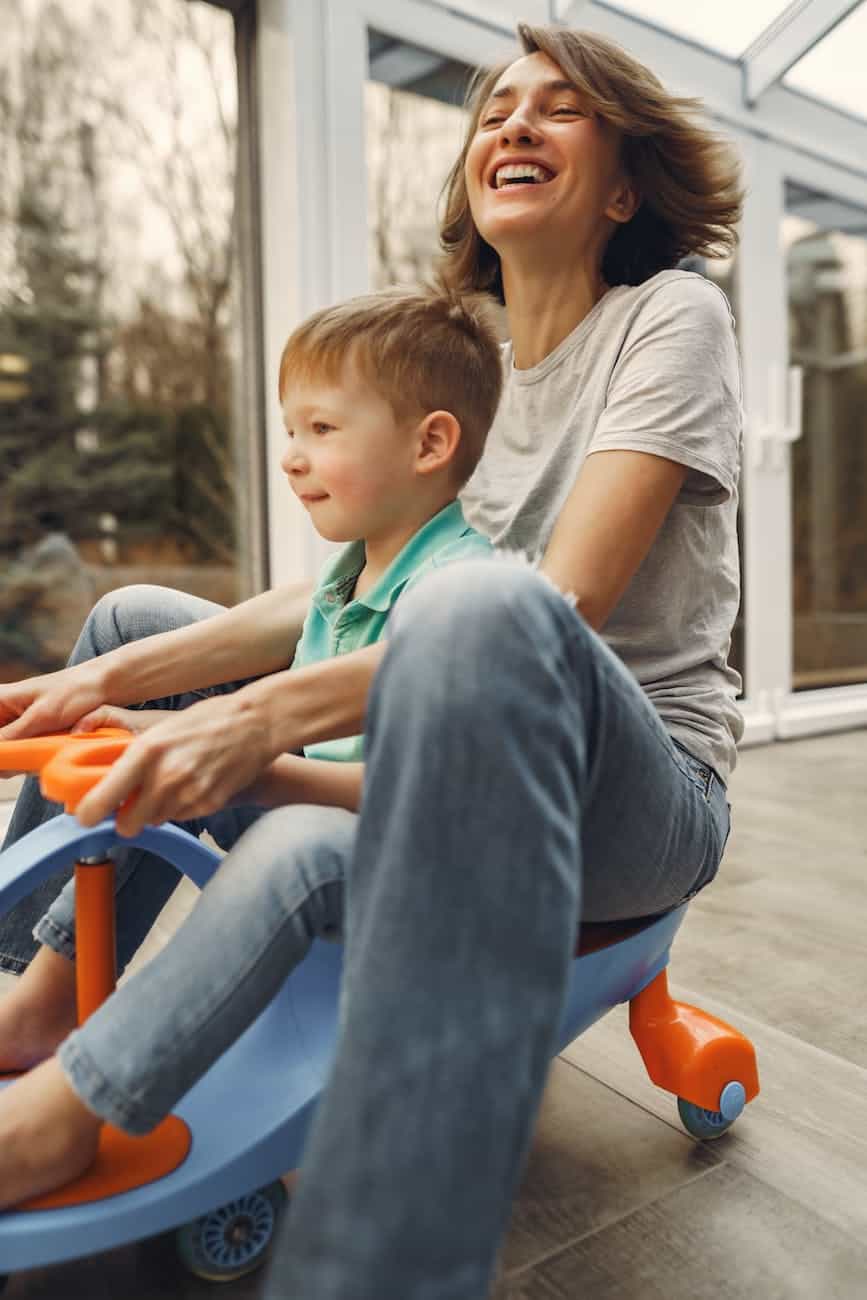15 Tips to Build Your Child’s Self-Esteem

|
Getting your Trinity Audio player ready...
|
What is self-esteem?
Self-esteem has to do with how we feel about ourselves. When we deem ourselves worthy of going after our dreams, without shame, fear, or worry that we are not good enough to reach our goals, we have achieved self-esteem.
If (you) or your child often do one or more of the following, you may need support to build self-esteem:
- make decisions for yourself based on how you think others will perceive you
- look for others to tell you positive things about yourself
- give up on something quickly because you don’t believe you will be successful
- get extremely upset by the words and actions of friends, peers, etc., (e.g., you may feel as though your plans or your day is ruined because of someone else)
15 Research-Based Tips to Build Your Child’s Self-Esteem
1. Help your child build a positive internal dialogue.
Children shouldn’t be torn down before they even have a chance to fly.
Be kind to them. Compliment them. Let them know when you are proud! Notice their effort.
Refrain from insulting, sarcastic, condescending, or passive-aggressive remarks.

Make sure you’re not cutting down a child’s potential before they even have the chance to grow.
Increase your positive words and actions and minimize your negative ones. This will naturally help you and your child build self-esteem.
It is important to focus our energy on the things that we are doing well with, rather than the things we think we’re doing wrong.
2. Listen to your child.
Kids have concerns that feel very real to them just like we all do. It is important for them to feel that we listen when they talk and understand their perspective.
If you dismiss them with comments like, get over it, or stop being a baby, they may struggle with self-esteem. They will start to doubt and second-guess their own feelings.
3. Let your child say how they feel even if they disagree with you.
Allowing discussion helps build assertion and communication. Your child is not talking back or disrespecting authority, if they communicate their thoughts respectfully.
4. Let your child explore their interests and have a voice in their learning, even from a young age.
For instance, let’s say your child expresses an interest in joining the school band and learning about math. You hoped they would be into football and science like you.
Let your child take the lead and explore the things they are naturally led to.
For example, if your child loves video games, but is not interested in reading, you might let them try a game like Minecraft Education or read a Minecraft Game Guide.
5. Help your child visit places they want to go.
Children can’t drive or leave the house whenever they want to.
When possible, help your child get to where they want to go; as long as they are meeting their expectations.
Expectations may include taking care of their hygiene, completing chores, doing school work, treating others with kindness and respect, etc.
Your child may want to go to a friend’s house. They might want to spend time at the beach or park or visit a store in town.
These kinds of activities can give your child a sense of purpose and also teach them life skills.
6. Give your child more time to move and play.
Kids benefit from breaks, learning through play and movement, hands-on experiences, etc.
Some ideas may include:
- Run to the letter that makes the /a/ sound.
- Put this number puzzle together
- Dress up like a president and act out a moment from his presidency
- Create projects (e.g., make a diorama of the solar system)
- Jumping jacks/jump rope while learning to count
- Field trip to a farm to feed animals
- Draw a picture or make a video to show what you learned

7. Model empathy.
Even when we don’t agree with a child’s behavior, we can help them understand their feelings and we can show compassion.
When children feel understood, they are more likely to talk with you, which can lead to a discussion about healthy ways to cope with challenging feelings.
8. Take your child outside regularly.
Nature can reduce symptoms associated with ADHD and stress and anxiety.

You may like these stress reduction techniques by BetterHelp.
9. Listen when children speak, and incorporate their thoughts & ideas into their recreational activities.
For example, if your child loves animals, you may want to plan an outing to a local zoo or farm. If your child loves Skateboarding, you might want to try a local skate park.
10. Play sports or do exercise with your child.
Encourage regular exercise to help with confidence, self-esteem, and focus.
Some examples include jumping rope, playing basketball, doing an online video, dancing, walking/running together, or playing soccer together.
11. Laugh and play with your kids.
For example, you might play cards, board games, computer games, make-believe games, dress-up, sports, etc.
Positive interactions between parent and child lead to a better sense of self-worth.

12. Educators & parents need to treat each other with kindness and understanding.
When we work together and put our differences aside, our children do better.
13. Teach and encourage your child to do things for themselves.
There is so much that can be taught at home such as how to pick out clothes, dress oneself, bathe/clean oneself, clean up belongings, organize materials, prepare food (cook with your child), save money, etc.
Work with children to build independence in these areas.
14. Offer your child hugs.
If they don’t want one, respect their wishes. Offer a hug again another time.
15. When you tell your child you love them, look at them if you can, and say it like you truly mean it.
This post is sponsored by BetterHelp








